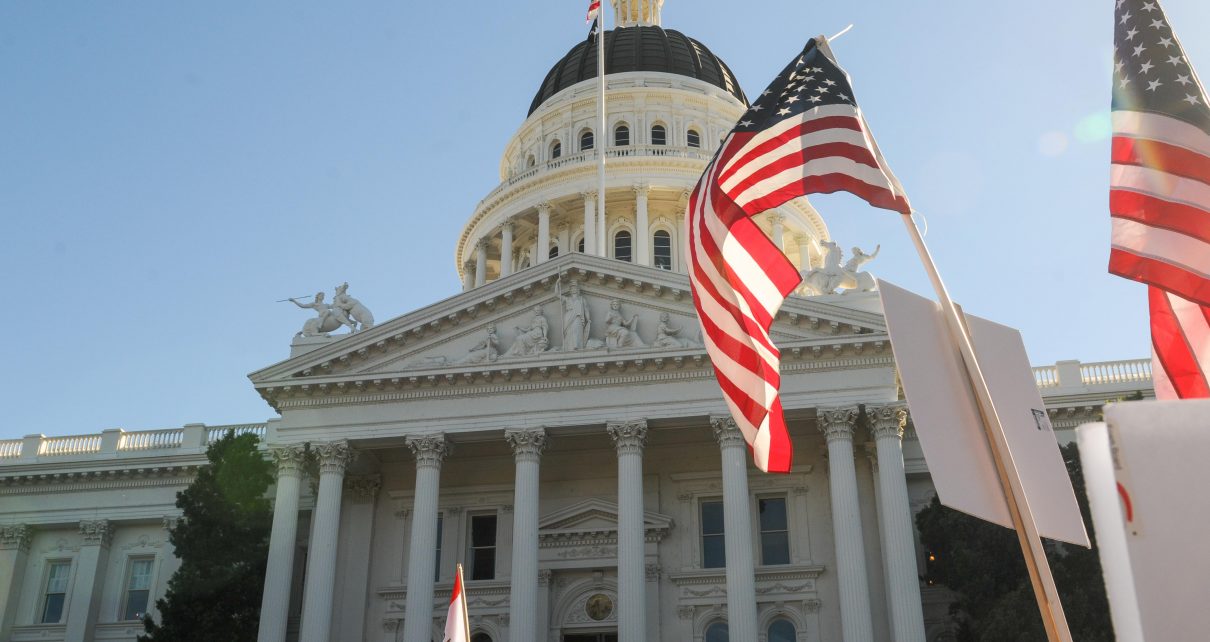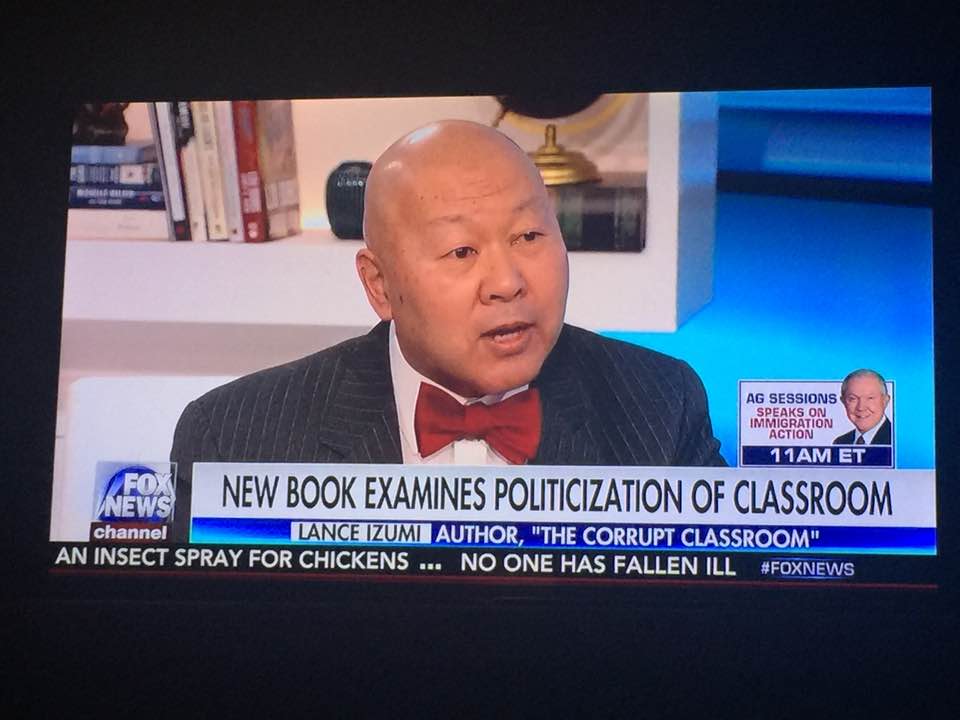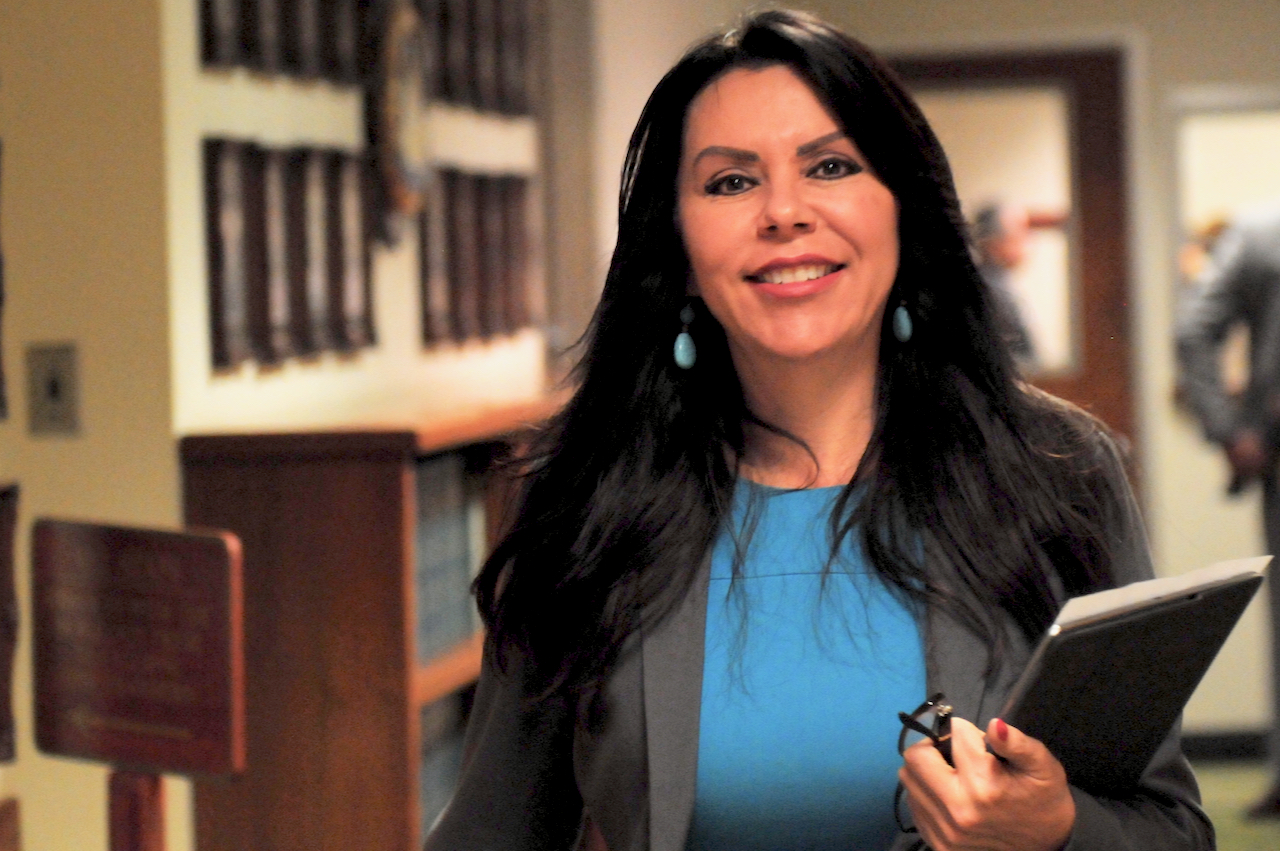
Funding Follows Students with Education Savings Accounts Ballot Initiatives
Access to educational opportunities will help fix California K-12 education
By Katy Grimes, November 5, 2021 10:59 am
As California spends approximately $22,000 per year for each child in the public school system, the state’s K-12 students continue to struggle under an outdated, one-size-fits-all system that is not focused on cultivating their unique talents and interests.
Politics is a full contact sport employing the blitz, the block, and even the bump-and-run over disputes involving power and control, and even over intense policy differences. Such is the case with two ballot initiatives proposing Education Savings Accounts for California students with different policy prescriptions, but which started on the same page as one measure.
Fix California and the California Policy Center (CPC) were early members of Californians for School Choice’s (CSC) coalition to draft the initiative, which began in earnest during the spring. In March, Fix California teamed up with the California Policy Center to draft a ballot measure for the 2022 ballot to provide Education Savings Accounts to families so they can educate their children at home or in private schools, and the public funding would follow the child, Lance Christensen told the Globe. Christensen was Executive Vice President of California Policy Center when the ballot initiative process began, but is on a leave of absence from the CPC and currently working as the Chief Strategist at Fix California, for the Education Savings Account initiative.
Just before the coalition formed, in late January of this year, Christensen received the first emails from Californians for School Choice during National School Choice Week. He said he was thrilled that someone was serious about drafting a school choice initiative. Here is how the email structured the proposal before any of the groups had a single meeting as a coalition:
Proponent Michael Alexander, president of the California School Choice Foundation based in Pasadena, identified four key provisions:
- An Education Savings Account (ESA) would be created for every K-12 student in California.
- These accounts would be credited annually with each student’s pro-rata share of Prop. 98 funds (40% of the California General fund). This amounts to approximately $10,000 per student per year.
- The parents of K-12 students will be able to direct that money to a participating school whether it’s a public, charter, or accredited private or parochial school.
- The money, if unspent, would accumulate to be used for college, vocational, or any other accredited educational expense.
It’s clear that Alexander intended his measure to reflect former State Senator John Moorlach’s Senate Bill 1344, which would have established the Education Savings Account Act of 2020.
As part of the drafting committee, Christensen said it took months of coalition calls, email exchanges, intense debate and deep policy discussions with education experts, to draft and eventually finalize the details on the actual mechanics of the education savings accounts.
And as part of the agreement, California Policy Center and Fix California paid for all the legal research and drafting, and polling work, as well as providing crucial staff time dedicated to the effort for the initial proposal, of which all members agreed to in concept in late June.
Californians for School Choice was tasked with finalizing the draft and submitting it to the Attorney General for ballot title and summary consistent with several stipulations outlined in the final coalition negotiations.
“Unfortunately, as we approached our self-imposed deadline of July 1st to have a draft ready, CSC submitted a version of the initiative to the Attorney General that was not consistent with the agreement,” Christensen said. “This soured the trust of several members of the group that we had carefully developed during the robust negotiations among the entire coalition.”
Once Fix California and CPC learned that Californians for School Choice’s proposal wasn’t consistent with the agreement, and would likely face impossible political headwinds, CPC and Fix California reconvened and produced something that largely reflected the original agreement, Christensen said. “We also added in a phase-in mechanism that could attract the support of moderate Democrats, something that is vital to any success next November – if we’ve learned anything from the recall. Additionally, we were concerned that Californians for School Choice didn’t have a single woman as an official proponent on the actual ballot, of which we had three: Ceci Iglesias, Maryam Qudrat, and Saga Conroy.”
“During the coalition’s initial discussions in the spring, and at the urging of significant stakeholders and potential allies, many in the coalition believed that some sort of means-testing should be a part of the proposal, an issue that CSC ultimately rejected as part of the compromise. So, once CPC and Fix California had a chance to revisit the proposal, we added means-testing through a phased-in approach to provide for the neediest families first.”
Christensen explained that logistically, it’s going to take years to build out the capacity of private schools to accommodate hundreds of thousands or millions of kids who might want to opt into an education savings account program. It does the movement no good to offer open access to all families immediately if there simply won’t be any desks for them in private schools. The means testing is to start this program thoughtfully and build from there.
Fix California did exclude homeschoolers unaffiliated with any accredited school at the request of several homeschool associations. These families would prefer to not have any connection to the state that might require even the most remote of mandates or adverse curriculum. The CSC ignored their request and included them anyway.
Christensen says some of the mischaracterizations and inaccurate information floating around the state about one of the proposals aren’t helpful to the cause of true education reform.
Christensen said Fix CA and CPC were sincerely willing to reconcile versions at the end of August. “After one meeting, where we (Fix CA) felt like we had provided a good faith effort, Californians for School Choice decided not to engage with us any further and walked away. That was their decision, not ours.”
The Fix CA and CPC initiative’s language is at educationsavingsaccounts.com. Additionally, the fiscal analysis from the LAO came out more favorably for the Fix California initiative than the analysis for the Californians for School Choice proposal, something that will be a significant talking point in the opposition campaign should either or both be qualified for the ballot.
In the end, both measures need to obtain about 1.5 million signatures by April if they are to qualify for the November ballot. Christensen is confident that Fix California can do it.
When asked about whether people should sign one or both petitions, he said, “Sign them both! Let’s give parents not only a genuine choice over their kids’ education, but the resources to do it. Education opportunity moved the needle at the ballot box in blue Virginia this week. It can dramatically improve the way we address education in California next year.”
- Leaving California: Three More Major Businesses Close or Move Out of State - December 22, 2025
- Gov. Gavin Newsom’s ‘Great Leap Forward’ – DEI and Reparations Agriculture Land Seizure Scheme - December 22, 2025
- AG Bonta Promotes California’s ‘Migrant Community’ Over California Citizens - December 20, 2025





This answers several questions. Thank you.
Actually it doesn’t, it is a very one-sided article and misrepresents thousands of homeschool families who WANT to be included in the ESA. We do pay taxes after all and shouldn’t be discriminated against because we homeschool. Anyone who is afraid of government involvement does not have to Opt In and the Californians For School Choice Initiative is written to specifically prevent such interference with homeschool families!
I’m Jack Hickey, author of the Hickey-Canfield Performance Voucher Initiative(circa 1979/80).
Thank you for your excellent article summarizing the manner in which this situation evolved.
I watch in horror as this opportunity-of-a-lifetime is being sabotaged by malicious Attorney General titling of the measures, and, by giving both measures the exact same title.
Under present conditions, it is highly unlikely that either measure will reach the ballot. I am supporting the measure submitted by the California School Choice organization.
In an effort to restore the efficacy of this historic effort, I sent the following to Ric Grenell of Fix California:
“Ric, I submitted an EIPCa Citizen Incident Statement to your organization, and applaud your effort. However, I ask you to please abandon your attempt to qualify a competing measure for an Education Savings Account on California’s November 2022 election.”
Please distribute your article to all California media.
The current Prop 98 pro-rate share is $14,000/yr, which is initial funding for the CFSC initiative (vs. $13,000 for the Fix California initiative). The ESA funds for both initiatives cannot be used for public schools. Charter schools would have to convert to a private school to participate. The CFSC initiative allows any child to get an ESA. The Fix CA initiative limits who can get an ESA for the first four years, based on parental income. The Fix CA initiative discriminates against homeschoolers by excluding Private School Affidavit homeschoolers from participation and capping the amount other homeschoolers can accumulate to $60K. The CFSC initiative does not. The CFSC initiatives have stronger protection for private schools and individual students against state mandates on curriculum, teacher credentialing requirements, admission and disciplinary policies and vaccine mandates.
The author of this article never interviewed the leadership of Californians for School Choice to hear their. side of the story. In 2019 after Moorlach and the financial sponsor had abandoned the Moorlach bill, Michael Alexander of California School Choice Foundation received permission from them to use the bill as the framework for a ballot initiative and we began drafting the initiative in June, 2019. In April, 2021 he signed a retainer with our lawyer to finalize the initiative. The CPC and Fix California group asked to participate, but only in an advisory capacity. It was made clear to the loose coalition that CSCF would make all final policy decisions by Will Swain of CPC and Ed Ring who chaired our coalition meetings. I personally participated in all these meetings as well. the CSCF never had a formal agreement. Proposal were floated by both sides. The CSCF was fundamentally opposed to means-testing and caps on ESA account balances, but we made several reasonable concession. But they were not willing to concede on those issues. Fix California did not inform us of their intent to submit a competing initiative. After we heard about this, we tried numerous times to engage them in a meaningful compromise, but their proponents never agreed to meet with us (only their surrogates). They stalled until we were approaching our deadline for amending our initiative, and could only resort to using their initiative as the base for a compromised initiative. We could not afford to pull our initiative in hopes of getting a reasonable compromise.